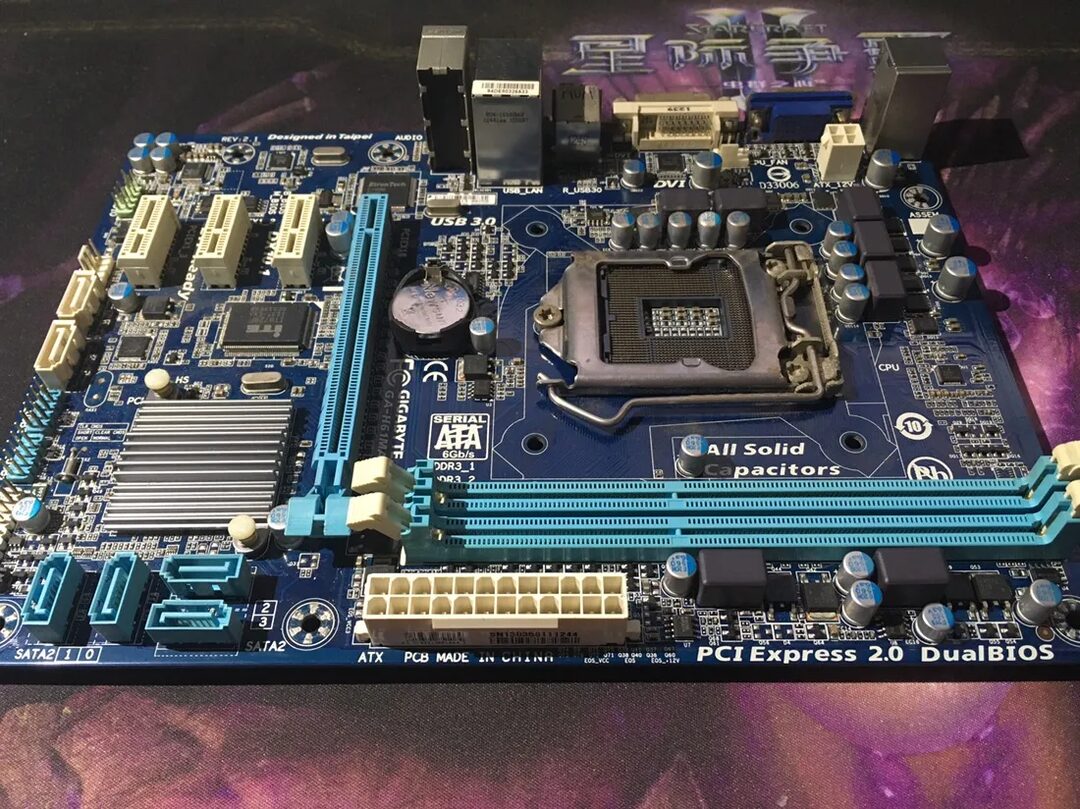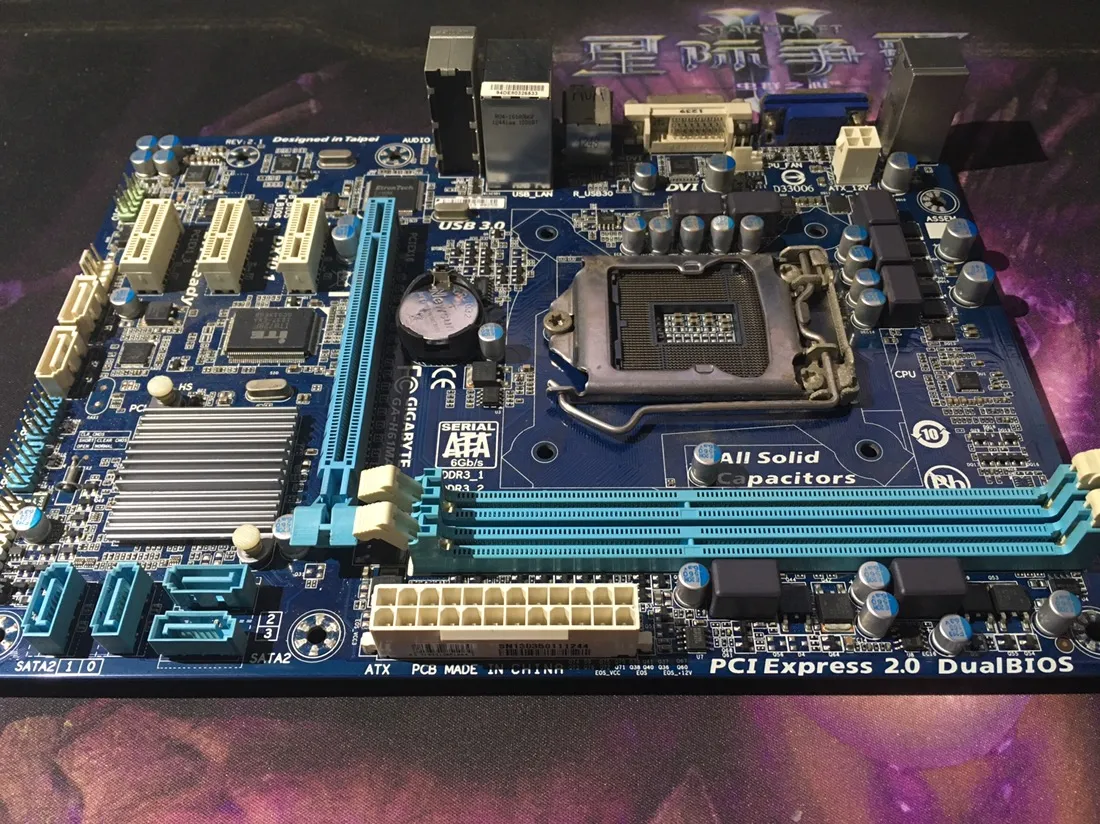Gigabyte H61 Motherboard

For unknown reasons, this Gigabyte motherboard has experienced multiple failures. The incompatibility of USB 3.0 drivers is a minor issue compared to the core problem with the SATA3 interface. Previously, upgrading to Windows 8.1 and Windows 10 caused long-term incompatibility with the SATA3 controller chip driver, resulting in the HDD being at 100% usage all the time. Since it was a dual-hard drive setup, the HDD issue went unnoticed until it was almost completely ruined. Later, due to this driver issue, the system was repeatedly rendered unusable. Eventually, after replacing the hard drive and switching back to the SATA2 interface, the system managed to survive until yesterday when, for some unknown reason, the BIOS chip was destroyed, rendering the entire motherboard useless.

The H61 chipset originally did not support SATA3 and USB 3.0. Gigabyte added a few third-party chips to achieve this, but over the years, using this platform has been exhausting. Choosing the H61 was a big mistake initially, as the upgrade requirements were not considered, leading to various limitations later on.
The LGA1155 socket initially came with a G620 CPU, which was later upgraded to an E3-1230v2. Although the latter’s performance is still acceptable, there are almost no motherboards on the market that support the LGA1155 socket anymore. If an upgrade is desired, the CPU would have to be replaced.
The H61 only supports up to DDR3-1333, so if the computer is to be upgraded, the memory would also need to be replaced.
Out of necessity, I had to continue purchasing H61 motherboards. However, for some reason, the few remaining H61 motherboards on the market have reverted to the basic specifications, only featuring SATA2/USB 2.0 interfaces, and are priced around 300 yuan. I guess they can still be used for a few more years. As for the transmission speed issue, I’ll just have to bear with it.